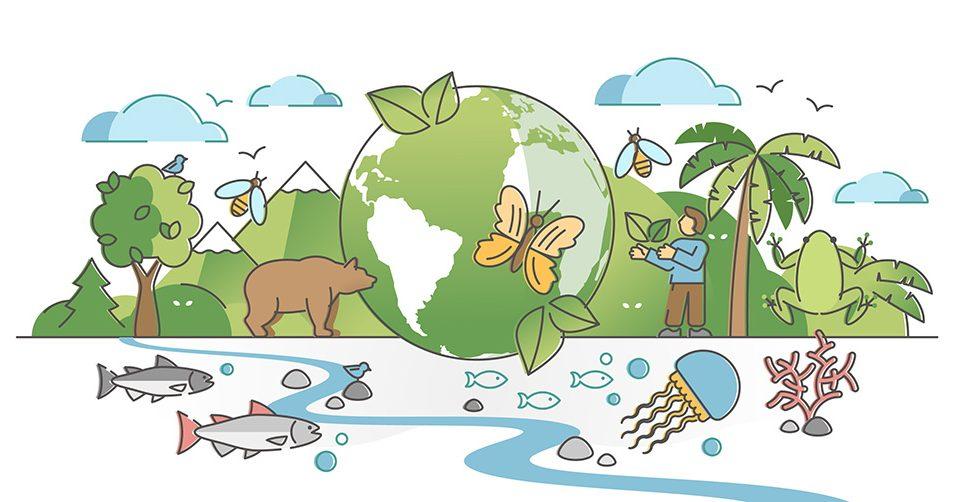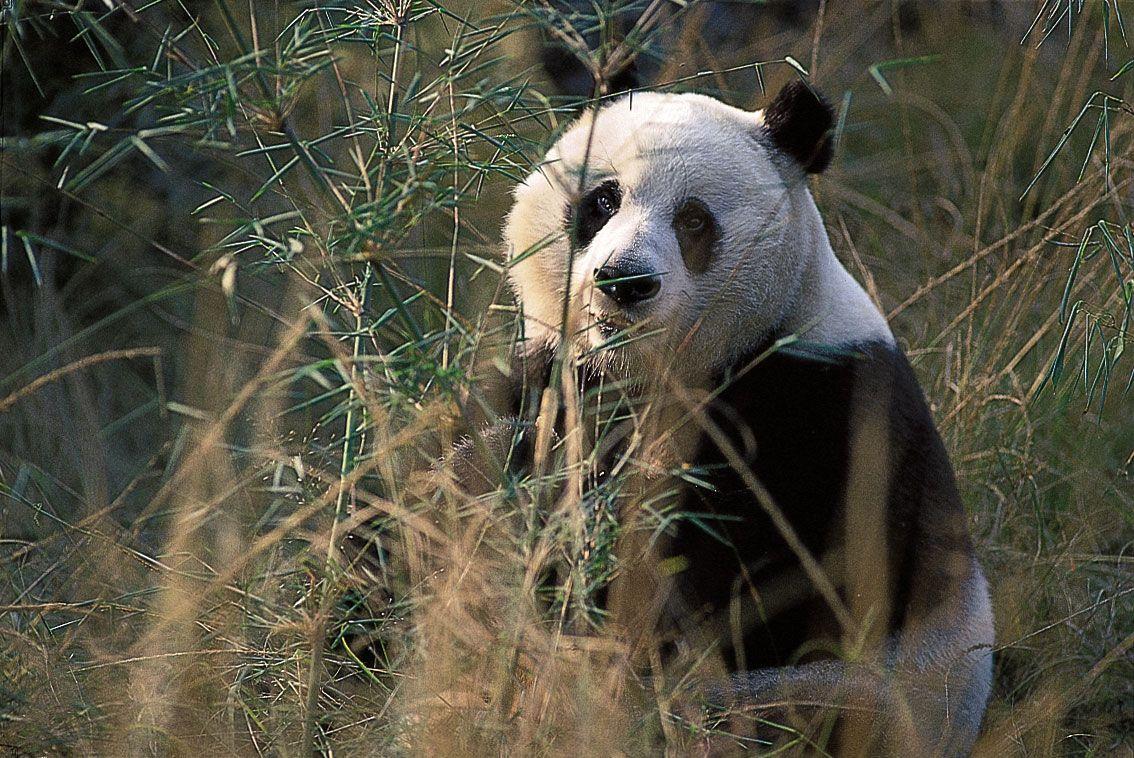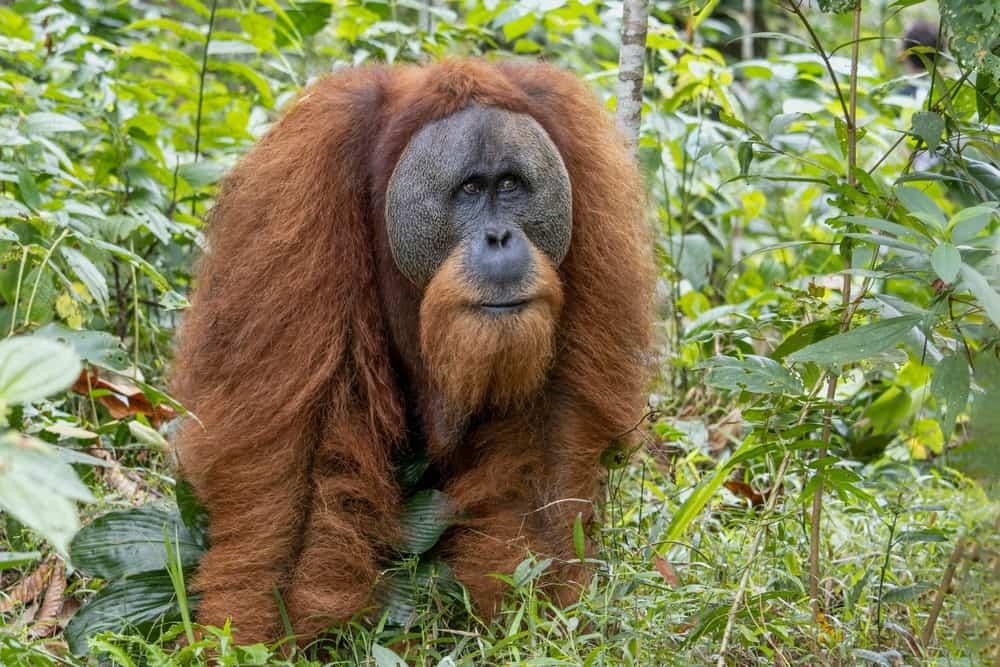In the farthest reaches of our planet, where the sun casts shadows on ancient forests and the oceans plunge into uncharted depths, lies a realm teeming with life that often goes unnoticed. The world of rare animals beckons with its enchanting tales and captivating truths, inviting us to explore the delicate balance of nature and the intricate web of ecosystems that support these elusive creatures. From the misty mountains of the Himalayas to the lush rainforests of the Amazon, rare animals embody the rich tapestry of biodiversity that defines our Earth. As we embark on this journey, we will uncover the stories behind these incredible beings, delve into the factors that contributed to their rarity, and reflect on the vital importance of their conservation in a world facing profound ecological challenges. Join us as we navigate this intriguing landscape, revealing the wonders and facts that lie within the hidden corners of our planet, and discover how each rare animal, in its own unique way, plays a crucial role in the story of life on Earth.
Table of Contents
- Understanding the Importance of Biodiversity and its Impact on Ecosystems
- Unveiling the Mysteries Behind Rare Animal Habitats
- Conservation Efforts: Success Stories and Ongoing Challenges
- How to Support Rare Animal Preservation in Your Community
- Concluding Remarks
Understanding the Importance of Biodiversity and its Impact on Ecosystems

Biodiversity is the rich tapestry of life that envelops our planet, representing the myriad species that inhabit various ecosystems. Each organism, no matter how rare or common, plays a significant role in maintaining the balance of these ecosystems. When we consider rare animals such as the Sumatran orangutan or the Amur leopard, we uncover stories of resilience and survival that highlight the intricate interdependencies within nature. These species often serve as indicators of environmental health, their well-being reflecting the state of their habitats. Protecting these unique animals is not merely an act of conservation; it’s a commitment to preserving the ecosystems that sustain us all.
Moreover, the loss of biodiversity can lead to dire consequences; ecosystems can become destabilized, leading to chain reactions that affect food security, climate regulation, and water quality. For instance, the extinction of a single species can diminish the variety of soil organisms that contribute to nutrient cycling and pollination. This underscores the importance of safeguarding habitats for rare species, as their survival is intertwined with our own. In recognizing this connection, we can better appreciate the ecosystem services they provide, such as clean air, fertile soil, and sustainable resources, illustrating that the health of our planet hinges on the preservation of its most vulnerable inhabitants.
Unveiling the Mysteries Behind Rare Animal Habitats

The world is teeming with diverse ecosystems where rare animals thrive, each adapted to its unique habitat. From the lush rainforests of the Amazon to the frigid landscapes of Antarctica, these environments play a crucial role in preserving the delicate balance of nature. These habitats are often characterized by specific features that support the survival of their extraordinary inhabitants, including:
- Climate Adaptations: Different organisms have evolved remarkable traits allowing them to withstand extreme temperatures or seasonal changes.
- Food Web Dynamics: Rare animals often sit at critical points in their ecosystems, influencing food chains and contributing to ecological stability.
- Biodiversity Hotspots: Many rare species coexist in habitats with high biodiversity, showcasing intricate relationships between predators, prey, and various flora.
However, the fragility of these habitats poses significant threats, largely due to human activity. Deforestation, pollution, and climate change have precipitated a decline in these unique environments, leading to dangerous consequences for the animal species that inhabit them. Some significant attributes of these at-risk habitats include:
| Threat | Impact on Habitats | Conservation Action |
|---|---|---|
| Deforestation | Loss of biodiversity | Reforestation initiatives |
| Pollution | Habitat degradation | Strict regulation enforcement |
| Climate Change | Altered ecosystems | Global climate agreements |
Conservation Efforts: Success Stories and Ongoing Challenges
In recent decades, numerous conservation initiatives have paved the way for the resurgence of endangered species, demonstrating that collective commitment can yield significant results. Successful projects across the globe showcase innovative strategies that protect these rare animals. For instance, the California condor, once on the brink of extinction with only 27 individuals left, has seen its population grow to over 500 today thanks to captive breeding and active reintroduction efforts. Similarly, the Arabian oryx, once thought to be extinct in the wild, has made a remarkable comeback due to dedicated breeding programs and successful rewilding practices in its native habitat. These success stories remind us that with the right resources and dedication, we can turn the tide for vulnerable species.
However, the path is not devoid of hurdles. Many conservation groups encounter persistent challenges that hinder their efforts to protect rare fauna. Ongoing threats include habitat destruction, climate change, and illegal poaching, which continue to place immense pressure on wildlife populations. For example, the Sumatran orangutan faces an uncertain future due to deforestation for palm oil plantations. Despite ongoing conservation programs, the delicate balance between human development and wildlife protection remains fragile. The journey towards safeguarding these creatures is ongoing, requiring innovative strategies and global collaboration to ensure their survival in an ever-changing world.
| Species | Population Recovery | Current Challenges |
|---|---|---|
| California Condor | From 27 to 500+ | Lead poisoning, habitat loss |
| Arabian Oryx | Reintroduced successfully | Human-wildlife conflict, habitat destruction |
| Sumatran Orangutan | Stable population decline | Deforestation, illegal hunting |
How to Support Rare Animal Preservation in Your Community
One of the most impactful ways to foster conservation efforts is to engage with local organizations dedicated to protecting rare species. Volunteering your time can provide a significant boost to these groups, allowing them to expand their educational programs and outreach. Look for opportunities to participate in community clean-ups, habitat restoration projects, or even citizen science initiatives that monitor wildlife populations. Additionally, consider donating to local wildlife sanctuaries or conservation initiatives—your financial support can help fund essential research, animal care, and conservation programs aimed at protecting endangered species.
Raising awareness in your community is equally vital. Organizing events such as film screenings, lectures, or workshops can inspire others to join the cause. Share informative materials that highlight the challenges facing rare animals, their roles in the ecosystem, and the actions individuals can take to help preserve them. Utilize social media platforms to amplify your message; sharing striking images and powerful statistics can captivate your audience and spark meaningful discussions. Building a network of like-minded individuals in your community can foster collaborations that lead to greater conservation initiatives and lasting change.
Concluding Remarks
As we close the chapter on this exploration of rare animals, we are reminded of the delicate web of life that these extraordinary creatures weave into our planet’s narrative. Each story shared and fact uncovered has offered a glimpse into a world that remains largely unseen—a tapestry of existence where survival often teeters on the edge of impossibility.
From the lush jungles to the frigid Arctic, the tales of these elusive beings serve as a poignant reminder of nature’s resilience and vulnerability. They invite us to reflect not only on the beauty of biodiversity but also on our collective responsibility to protect these remarkable species from the growing threats they face.
In a world marked by rapid change, the fight for conservation is more urgent than ever. By raising awareness and championing efforts to safeguard habitats, we can ensure that future generations inherit a world rich with diversity and wonder. Let us carry these stories forward, not merely as tales of rarity, but as urgent calls to action, inspiring us to engage, educate, and advocate for the lives that share our planet.
As we step back into the familiar rhythms of our daily lives, let us keep these rare animals in our hearts and minds, becoming stewards of the mesmerizing world they inhabit, and celebrating the extraordinary diversity that makes life on Earth so profoundly precious.



